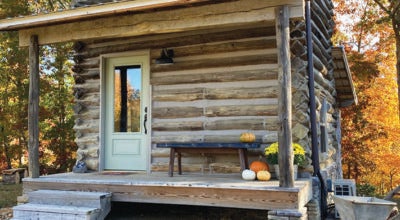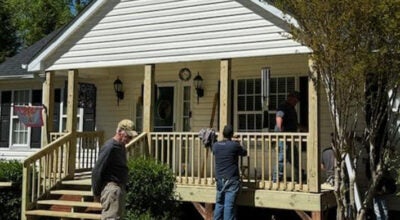Black History: Seneca Village; and local history that can’t be ‘Googled’
Published 9:54 am Thursday, February 17, 2022
|
Getting your Trinity Audio player ready...
|
The Upper West Side in the borough of Manhattan New York is where we go to visit what we, and a good deal of the world today knows as Central Park.
But how many of us know that before the park was a village whose history has been hidden for decades?
Seneca Village was a 19th-century settlement of mostly free African-Americans, many of whom had fled from the disease and discrimination descending on their downtown Manhattan neighborhood. While Seneca Village was the largest settlement in this uptown area, it was surrounded by smaller ones, inhabited by Irish and German immigrants. Together, these settlements would become the present-day Central Park. At its peak, the area was home to approximately 225 residents, three churches, two schools, and three cemeteries.
Seneca Village was founded in 1825 by free Blacks. Many were landowners and relatively economically secure compared to their downtown counterparts. Under a New York state law created in 1821, African-American men in the state could vote if they owned $250 worth of property and had lived in the state for at least three years. Owning property was a way to gain political power, and the purchase of land by Black people likely had a significant effect on their political engagement.
By the 1840s, members of the city’s elite were publicly calling for the construction of a large new park in Manhattan to rival parks found in Europe. The area identified for the park was on the Upper East Side and was occupied by multiple wealthy families, who objected to the taking of their land. After a second attempt failed to secure that land, a new site was proposed, which included Seneca Village and the settlements in and around what we know as the current Central Park.
A smear campaign by park advocates and the media was started to build public sentiment to support plans to rid the area of the residents of Seneca Village and its surrounding communities. The area was described as “shantytowns” with residents labeled as squatters, vagabonds, and scoundrels. They were also accused of stealing food and operating illegal bars. The city began enforcing little-known regulations and requiring Seneca Village residents to pay rent and property assessments on more than 34,000 lots in and near the proposed park. Seneca Village residents who owned land were offered compensation for their property.
For two years, residents protested and filed lawsuits to halt the sale of their land. However, in mid-1856, residents were given final notices. In 1857, the city acquired all private property within Seneca Village through eminent domain, and on Oct. 1 the last holdouts had been removed and the properties destroyed.
Seneca Village lasted 32 years. During its short existence, it was home to the largest number of African-American property owners in New York before the Civil War. Researchers have found evidence of Seneca Village’s existence, including two graves and a burial plot. The Seneca Village Project was formed in 1998 to raise awareness of the village. In 2001, a historical sign was unveiled, commemorating the site where Seneca Village once stood.
The lingering question is: Where did the residents go? Attempts to find their descendants is under way.
By Thomasine Gaither
For the Enterprise
While attending Davie High School, my friend circle from both sides of our culture was pretty impressive. I never was one to have met a stranger.
For this particular column and for February, in respect of Black History Month, a particular friend came to mind. In thinking back, I wanted to recognize the positive impactof our own local and neighboring community to show what a particular household family has known for many years, how it was to be part of a family of another Black business owner, a Black female business owner, a mother who made contributions to the community, looking for nothing in return, nor looking for any types of validation from man.It was just in her nature to do as she did.
This type of local history can’t be found on a Google search, so I reached out to my friend – high school colleague and sports competitor on the field – Warren Fleming.
The Fleming household had a lot of offer in the Cooleemee and surrounding communities because of the mother, Mrs. Janice Fleming, also a Black business owner. Warren said he was humbled to share the Fleming story, as was I to learn of this historical achievement behind this phenominal woman.
In honor and recognition of Mrs. Janice Fleming:
Proverbs 31:18, She perceives that her merchandise is good, And her lamp does not go out by night. :19, She stretches out her hands to the distaff And her hand holds the spindle. :20, She extends her hand to the poor, yes. She reaches out her hands to the needy. :27, She watches over the ways of her household And does not eat the bread of idleness.
:28, Her children rise up and call her blessed, her husband also, and he praises her.
The story of Mrs. Janice Fleming will follow next week.





